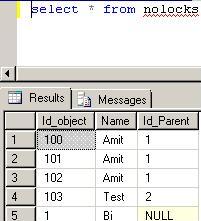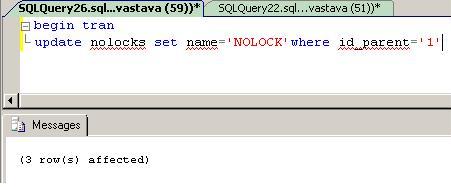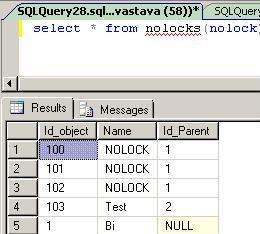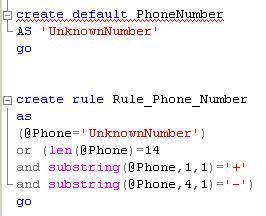Hi Folks!!!!!
This time i am here with very important but basic topic of “How to use DATE in different format in SQL”.
Here by i am mentioning some of the important formats of dates which we used in daily work.
Few Generic queries :
| Format | Query | Results |
| 1 | Select convert(varchar,getdate( ),1) | 08/31/11 |
| 2 | Select convert(varchar,getdate( ),2) | 11.08.31 |
| 3 | Select convert(varchar,getdate( ),3) | 31/08/11 |
| 4 | Select convert(varchar,getdate( ),4) | 31.08.11 |
| 5 | Select convert(varchar,getdate( ),5) | 31-08-11 |
| 6 | Select convert(varchar,getdate( ),6) | 31 Aug 11 |
| 7 | Select convert(varchar,getdate( ),7) | Aug 31 11 |
| 10 | Select convert(varchar,getdate( ),10) | 08-31-11 |
| 11 | Select convert(varchar,getdate( ),11) | 11/08/31 |
| 101 | Select convert(varchar,getdate( ),101) | 08/31/11 |
| 102 | Select convert(varchar,getdate( ),102) | 2011.08.31 |
| 103 | Select convert(varchar,getdate( ),103) | 31/08/2011 |
| 104 | Select convert(varchar,getdate( ),104) | 31.08.2011 |
| 105 | Select convert(varchar,getdate( ),105) | 31-08-2011 |
| 106 | Select convert(varchar,getdate( ),106) | 31 Aug 2011 |
| 107 | Select convert(varchar,getdate( ),107) | Aug 31 2011 |
| 110 | Select convert(varchar,getdate( ),110) | 08-31-2011 |
| 111 | Select convert(varchar,getdate( ),111) | 2011/08/31 |
Author : Feel free to put on your query here, i will be more than happy if i will help you.








